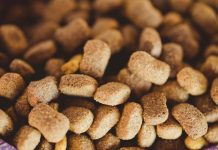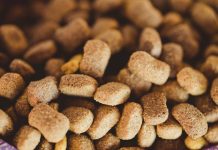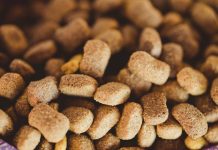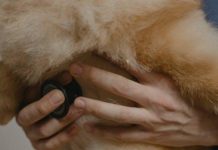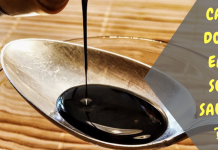Welcoming a new puppy into your home is an exciting journey filled with joyful moments and wagging tails. As you embark on this adventure, ensuring your furry friend’s health and happiness becomes a top priority. One of the simplest yet most important ways to care for your puppy is by properly storing their food to maintain its freshness and nutritional value. Just like us, puppies thrive on fresh, high-quality meals, and proper storage plays a crucial role in preserving these qualities. In this article, we’ll guide you through the best practices for storing puppy food, ensuring every meal is as nourishing and delicious as the first. Let’s dive into the essentials of keeping your pup’s food fresh, so you can focus on making memories with your newest family member.
Choosing the Right Storage Container for Your Puppys Food
When it comes to keeping your puppy’s food fresh and delicious, the choice of storage container is crucial. Consider opting for containers that are airtight to ensure that moisture and pests are kept at bay. Materials like stainless steel or BPA-free plastic are excellent choices due to their durability and safety. Additionally, containers with a secure seal help preserve the aroma and flavor of the food, which is essential for maintaining your puppy’s interest in their meals.
- Size Matters: Choose a container that can hold an entire bag of food, minimizing the need to pour and exposing food to air.
- Easy Access: Look for containers with wide openings or easy-pour spouts to make feeding time hassle-free.
- Mobility: If you travel often, consider a portable container that’s lightweight and easy to carry.
- Stackable Options: If you’re short on space, stackable containers can be a great space-saving solution.
By selecting the right storage solution, you’re not only extending the life of the food but also contributing to your puppy’s overall health and happiness. A thoughtful choice today ensures fresh meals tomorrow!

Keeping Your Puppys Food at the Ideal Temperature
Ensuring your puppy’s food stays fresh involves more than just sealing the bag; temperature plays a pivotal role. The goal is to maintain an environment that prevents spoilage and preserves nutritional value. Ideally, store dry kibble in a cool, dry place, away from direct sunlight and heat sources. A consistent temperature between 50°F to 70°F is optimal. For wet or canned food, refrigeration after opening is key, keeping it at or below 40°F to maintain freshness.
- Keep It Cool: Avoid storing food in areas like the garage or near appliances that generate heat.
- Use Airtight Containers: Invest in airtight containers to maintain temperature consistency and protect against humidity.
- Refrigerate After Opening: For opened wet food, use a sealed container to prevent it from absorbing other fridge odors.
By paying attention to these temperature guidelines, you can help ensure that every meal you serve is as fresh and nutritious as the first.

Understanding the Importance of Moisture Control in Food Storage
Ensuring that your puppy’s food retains its freshness is crucial for maintaining its nutritional value and palatability. Moisture control is a key aspect of food storage, as excessive moisture can lead to mold growth and spoilage. To protect the integrity of your puppy’s food, always store it in a cool, dry place. Opt for airtight containers, which prevent moisture and air from seeping in, keeping the food fresh and crunchy.
Here are a few tips to effectively manage moisture levels in your puppy food storage:
- Use desiccant packs: These can help absorb excess moisture inside storage containers.
- Avoid storing food near heat sources: Heat can increase humidity and lead to condensation inside the container.
- Regularly check for signs of moisture: Look for clumping or a musty smell, which can indicate moisture presence.
By paying attention to these details, you ensure that your puppy enjoys meals that are not only delicious but also safe and nutritious.
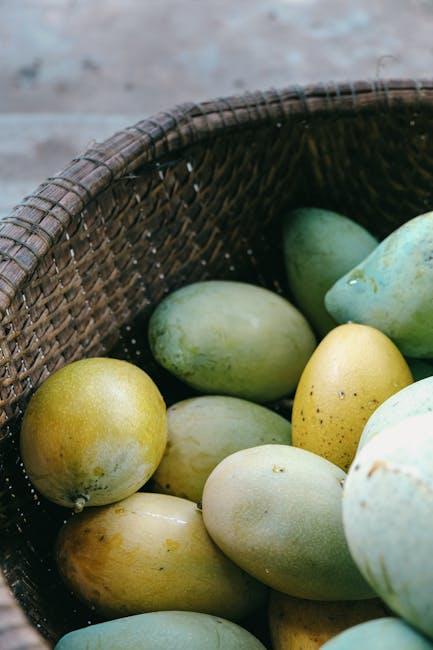
Tips for Regularly Checking and Maintaining Food Freshness
Ensuring the longevity of your puppy’s food involves a few mindful practices. Start by regularly inspecting the packaging for any signs of damage, such as tears or punctures, which can compromise the freshness. If you notice any unusual odors or discoloration, it’s best to err on the side of caution and dispose of the food. Make it a habit to check the expiration date before each use, and always use older stock before opening a new bag. Keeping a small notebook or digital tracker can help you monitor when a new bag was opened and how much is left.
Here are some additional tips to help maintain freshness:
- Store in a cool, dry place: Humidity and heat can quickly degrade the quality of puppy food. Consider using a dedicated pantry or cupboard away from heat sources like stoves and direct sunlight.
- Use airtight containers: Transfer the food into containers that seal tightly. This not only keeps the food fresh but also protects it from pests.
- Keep feeding utensils clean: Use a scoop designated only for puppy food, and clean it regularly to prevent contamination.



